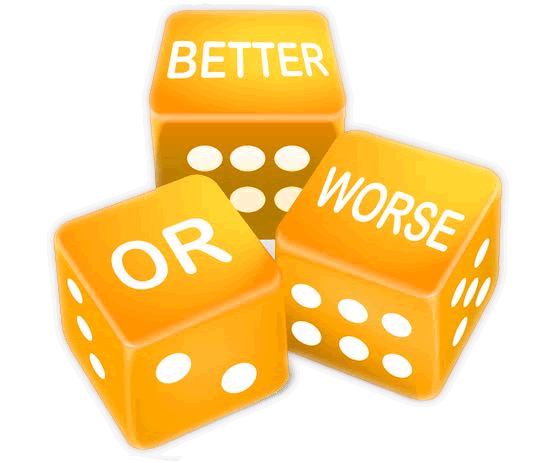

Loss Aversion
As a psychologist working in the area of user experience design, I deal with a number of psychological principles. Many of these principles are basic aspects of perception such as the Gestalt principals, the effects of movement in our peripheral vision, limitation of attention, and many others. These principles affect the user experience at the interaction design level. There are also psychological principles related to higher-level cognitive processes and decision making that are important when we get past the interaction design and start looking at content and its presentation. One of the fundamental elements in this area of the user experience is loss aversion.
Loss aversion is a fundamental principle of most human interaction, and it’s a factor in more than just interaction design. All of our decisions are significantly different when we perceive something as a loss versus when we perceive the same thing as a gain. Loss avoidance was even one of the primary principles behind the work by Kahneman and Tversky, work leading to Prospect Theory that revolutionized economics. Below is a classic example.

Participants are asked to choose between two treatments for people affected by a deadly disease. There are 600 patients involved.
Treatment A will result in 200 people being saved (400 people will die). Treatment B has a 33% chance that no one would die but a 66% chance that everyone would die (33% chance of saving all 600 people, 66% possibility of saving no one). When Treatment A was framed positively (Treatment A will save 200 lives) 72% of the participants selected Treatment A. When Treatment A was framed negatively (Treatment A will result in 400 deaths), only 22% of participants selected Treatment A.
We encounter situations involving loss or gain all the time in our daily lives. I recall the story of two workers at a candy store. When someone came in and asked for one-quarter pound of gummi bears, one employee would dump a bunch of gummi bears onto the scale and then remove some until they reached one-quarter pound. The other worker would put a small amount on the scale and then keep adding more and more until it reached one-quarter pound. The second employee had a line of people waiting to buy from them. Next time you’re at the store buying candy or deli meats, notice your reaction when the employee puts your item on the scale and then starts removing some of it. I think you’ll find that it doesn’t feel very good.
Airlines are constantly playing with air fare structures. Some years ago, they changed the rules about luggage. With some airlines, your first bag is free but you have to pay for any additional checked bags. With other airlines, you pay extra for every checked bag you bring with you. Now they’re talking about charging for carry-on luggage.
I have always wondered what the effect would be if some airline official would think about the fact that the way they frame information about luggage fees is always a loss to the traveler. What if they framed it this way: “Here’s the price of your ticket. Only one checked bag? We’ll give you a discount. No checked bag? Great, we’ll reduce the price even more.”
I don’t think that would make people overly happy about the ever-growing cost of travel, but it might make us all feel a little bit better.

